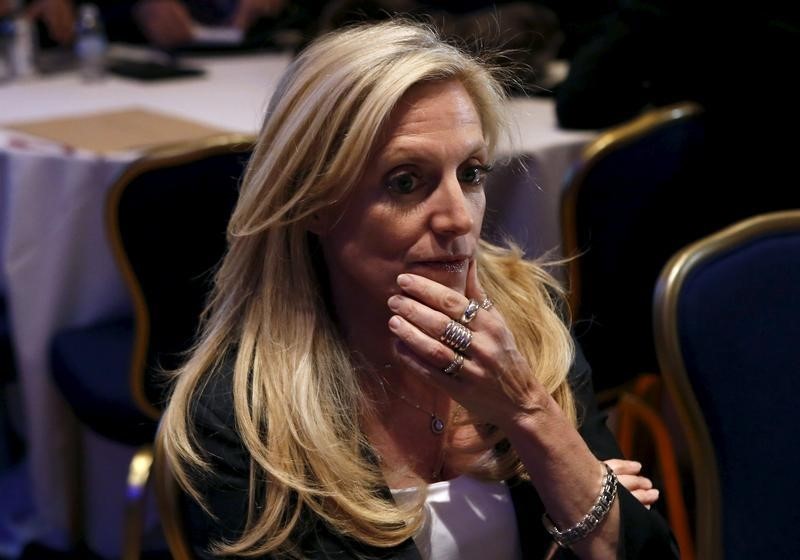By Yasin Ebrahim
Investing.com -- The dollar started the week on the front foot Monday, strengthening recent bets that weakness in the greenback is likely to reverse as Federal Reserve officials continued to push against the idea of a sooner rather than later pause on hikes.
The U.S. dollar index, which measures the greenback against a trade-weighted basket of six major currencies, rose by 0.51% to 106.71 to its highest level since September last year.
Fed Vice Chair Lael Brainard teed up the prospect of lower rate hikes, saying that it would be “appropriate soon to move to a slower pace of increases,” but stopped short of signaling a pause.
“I think what’s really important to emphasize is we’ve done a lot but we have additional work to do both on raising rates and sustaining restraint to bring inflation down to 2% over time,” the Fed vice chair said.
Fed governor Christopher Waller pushed back against investor bets on a pause on rate hikes, insisting that monetary policy tightening “isn’t ending in the next meeting or two.”
The remarks echoed what some on Wall Street have continued to emphasize: the road to bringing down inflation, and thus, a fed pivot is still a way away.
“It’s too early to completely head for the exit; there is still a long road ahead to more acceptable inflation levels, and some of the biggest surprises this month are not particularly durable,” Goldman Sachs said in a recent note after calling for reversal in dollar weakness.
“[W]e still think the baseline outlook is likely to feature relatively resilient U.S. activity, and a longer Fed hiking cycle, with few high-quality alternatives among the majors.
The dollar’s recent weakness has coincided with a slump in Treasury yields as investors priced in a less hawkish Fed monetary policy, but some warn that the peak for the Treasury yields isn’t in just yet.
“I don't think that rates have peaked,” David Keller at StockCharts.com told Investing.com's Yasin Ebrahim in a recent interview.
Pointing to the 52-week high on the 10-year Treasury yield of about 4.3%, Keller says that’s unlikely to prove the peak as it's too early to call victory on the battle against inflation, likely keeping the Fed hiking rates for longer than many expect.
"I think if you're optimistic based on this one inflation number seen [last] week, you'll probably get caught on the wrong sides of things when we get an uptick in inflation," Keller said.
“The Fed obviously hikes rates in December and I think we see more of that in the first quarter of next year...I think rates overall go higher,” he added.
